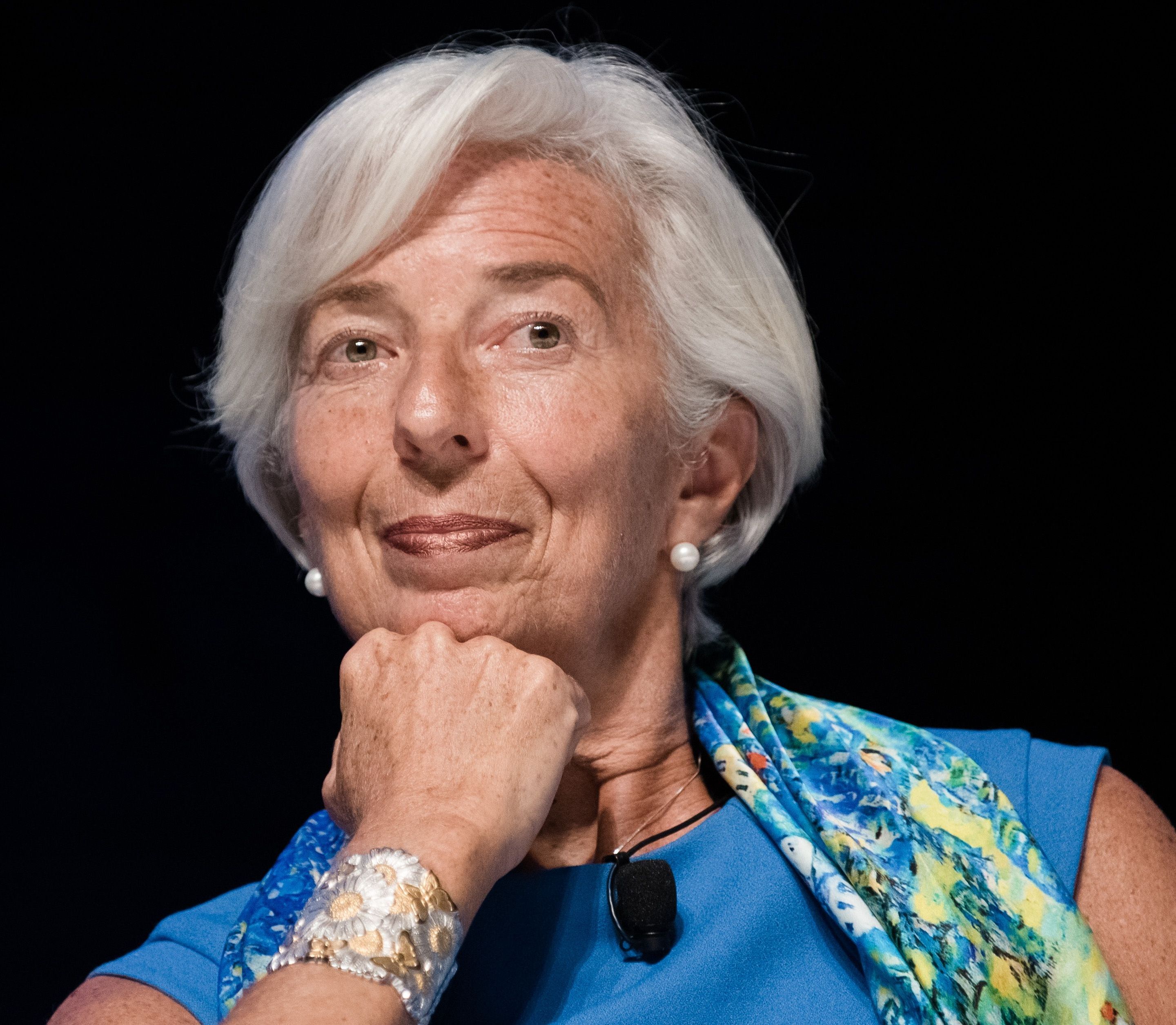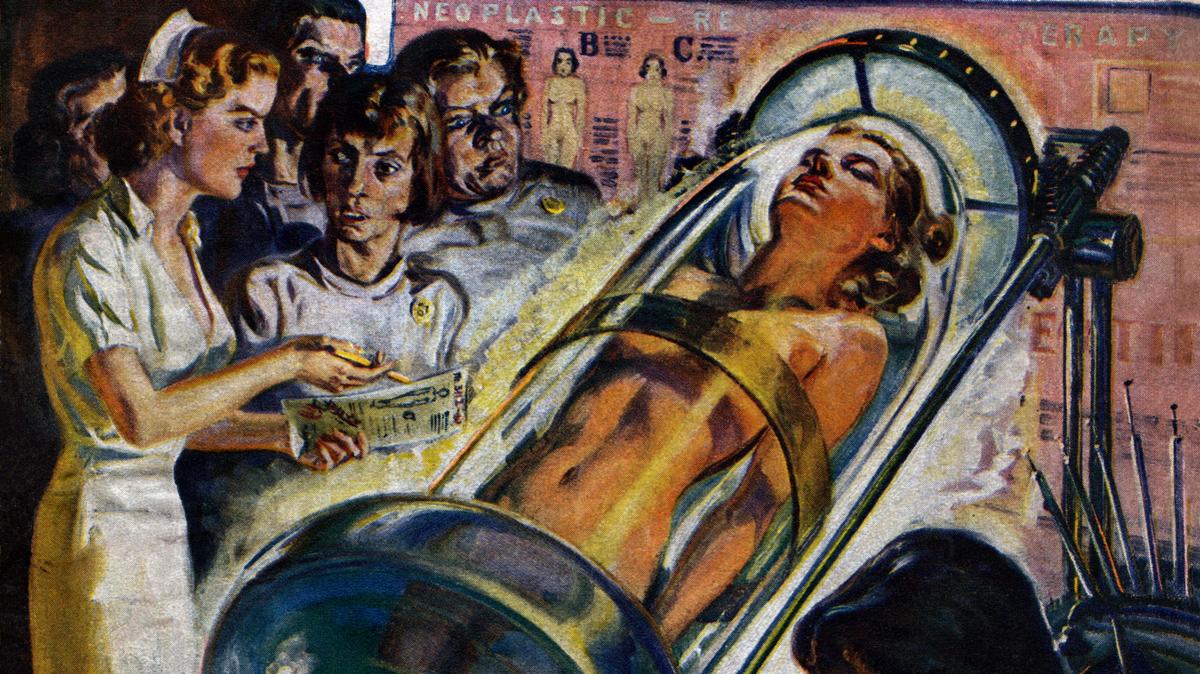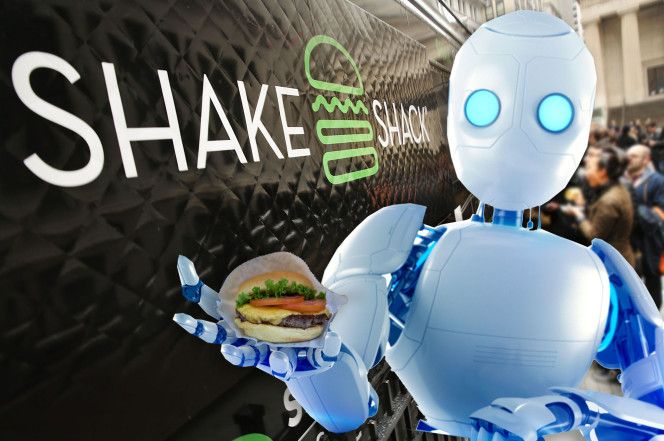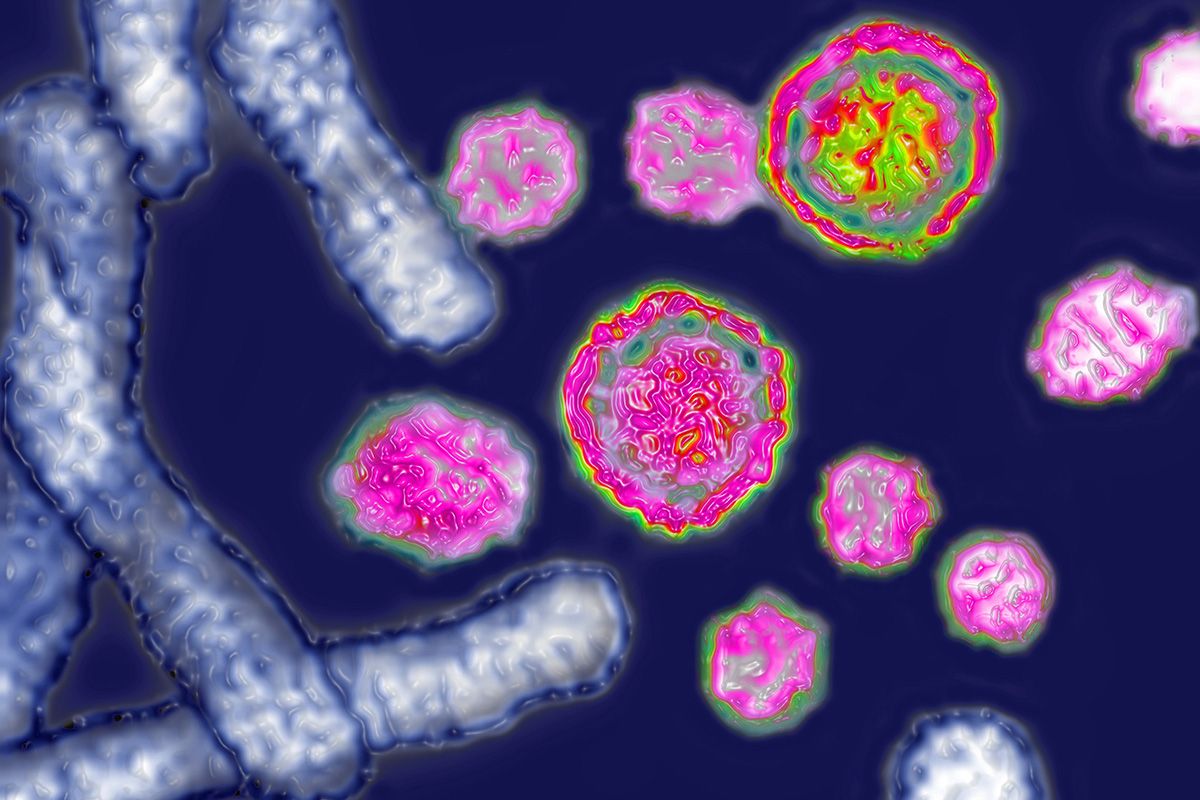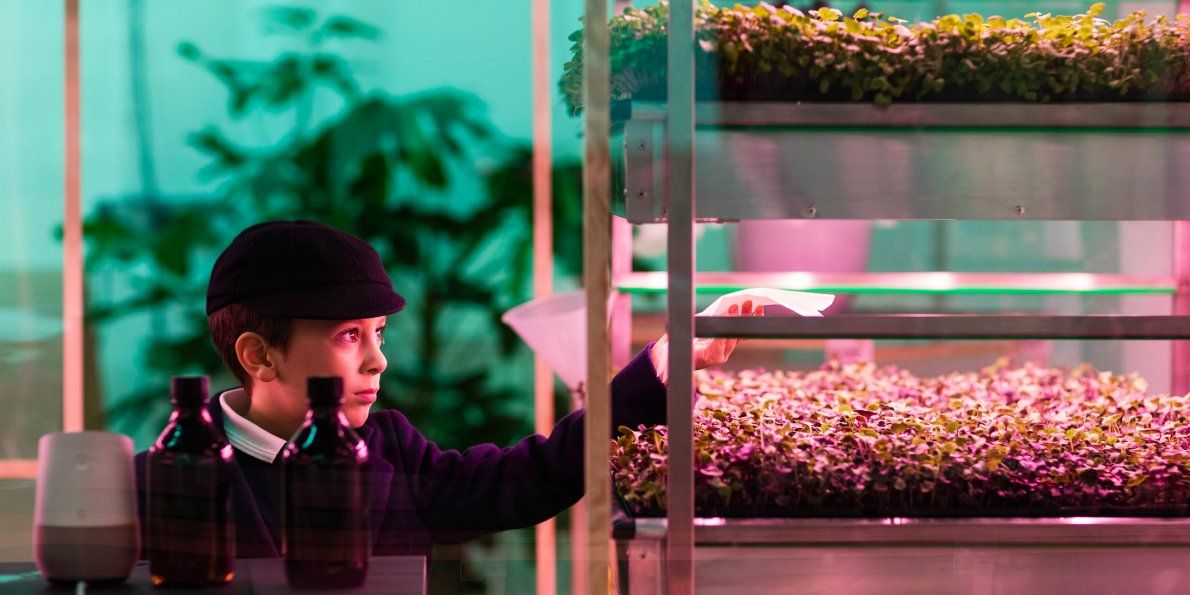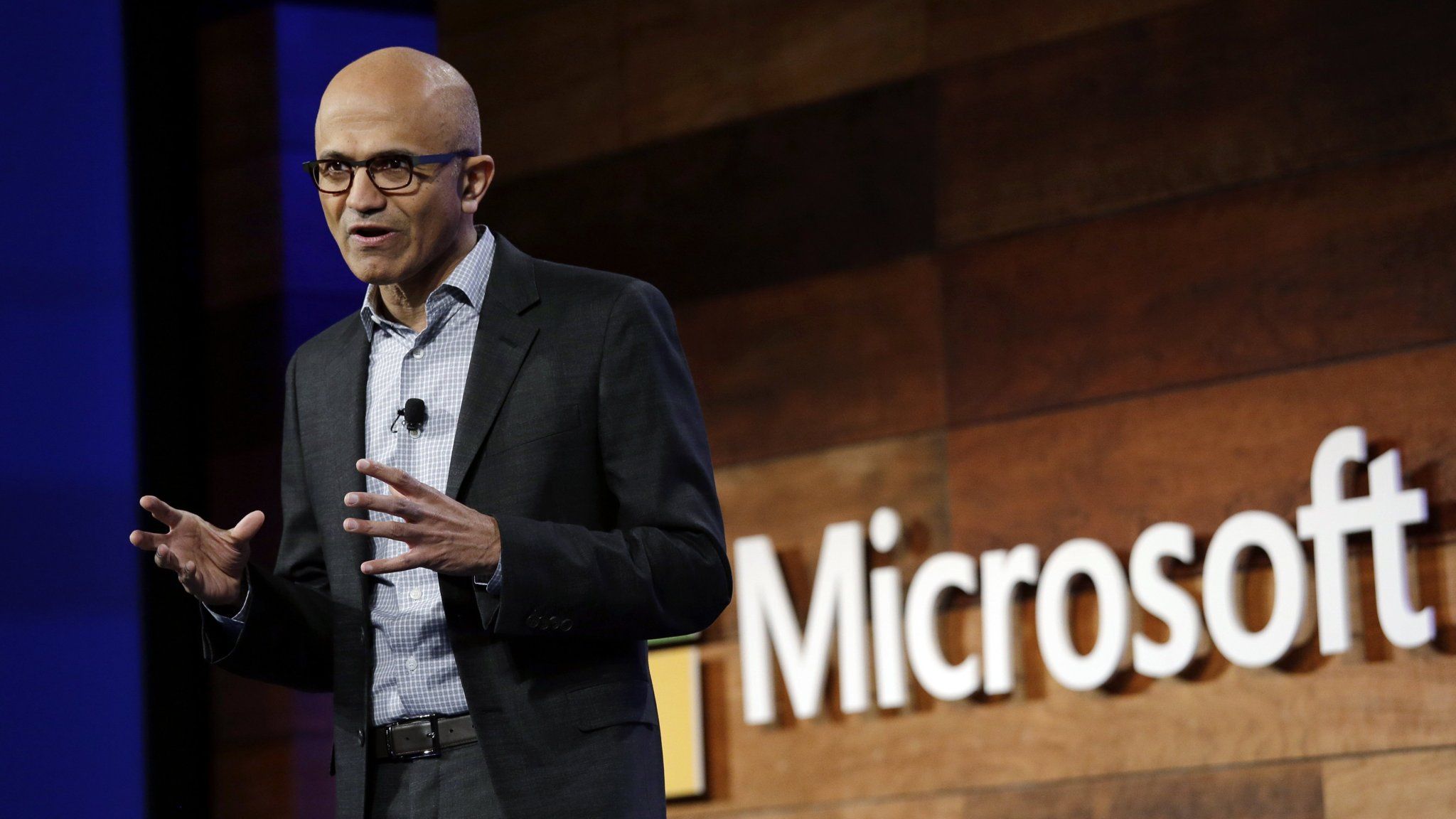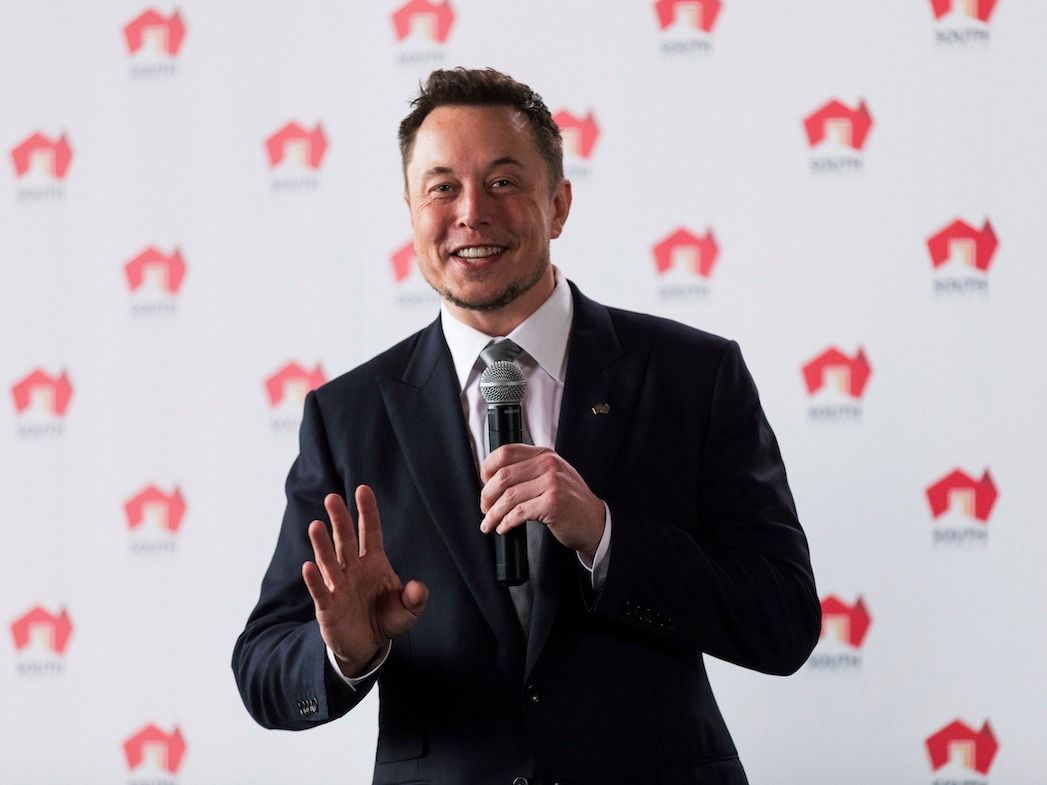Page 9175
Oct 3, 2017
Some Future 015
Posted by Zoltan Istvan in categories: climatology, existential risks, sustainability, transhumanism
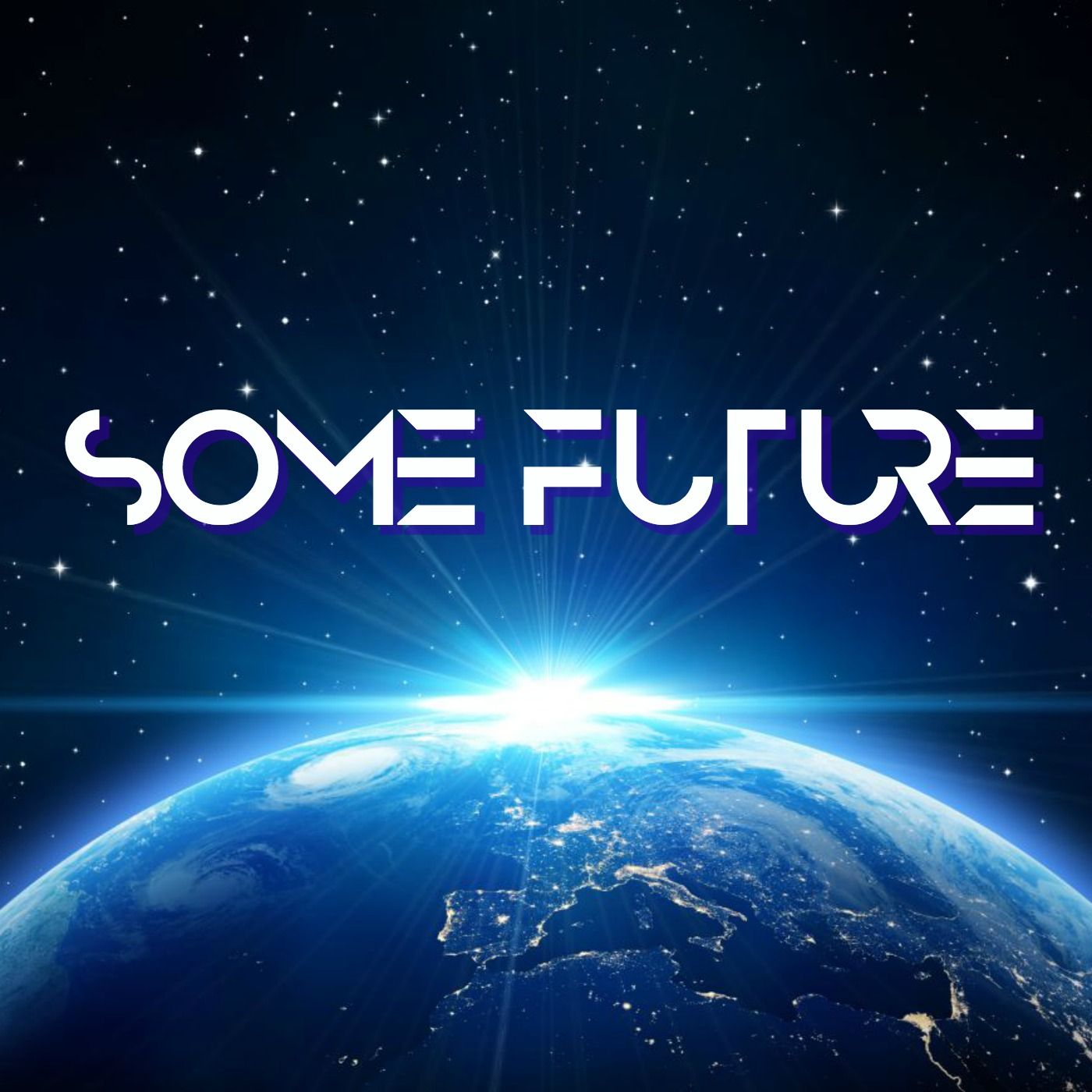
New SomeFuture podcast out. My 45-min interview starts at 55 min and is on #transhumanism:
Introduction: (0:11–1:29)
Oct 3, 2017
The Immune System Makes It Harder to Lose Weight as We Age
Posted by Steve Hill in categories: biotech/medical, food
Many of us have experienced the uphill struggle to control our weight as we get older. We cannot eat whatever we like and stay slim like when we were younger, our holiday indulgences refusing to go away. The battle of the bulge gets harder the older we get, and there was little we could do about it, but now science has come to the rescue and is starting to unravel the mystery of why we find it harder to lose weight as we get older.
A new study led by Professor Vishwa Deep Dixit at Yale University shows how both the nervous system and the immune system talk to each other and, in doing so, control metabolism and inflammation in the body[1]. This study sheds light on why older adults often find it difficult to burn stored belly fat, increasing the risk of a number of metabolic disorders.
Perhaps more intriguingly, the study also shows some potential approaches to targeting the problem, thus helping older adults to improve their metabolism, improve weight control and reduce the risk of metabolic disorders.
Oct 3, 2017
To Combat Radical Violence in America, We Need Radical Medicine
Posted by Zoltan Istvan in categories: biotech/medical, drones, government, neuroscience, security, terrorism
With yesterday’s terrible shooting tragedy, I’m hearing lots of calls for more gun control to reduce violence in the US. But that’s essentially impossible to accomplish. There are 300 million guns in America. Congress faces a statistical impossibility to make a real dent in gun control and possession (politicians saying otherwise are playing you for votes—the gov is not going to go house to house to collect guns). HOWEVER, better ways to combat terrorism and gun violence could be achieved through better medicine and figuring out better ways to keep wounded peope alive. We should focus our energy and science money on treating trauma victims (and also on prevention of mental disease and sociopaths). Also, drones can be designed to seek out shooters in public places in 30 seconds and stop what they’re doing (instead of letting them shoot for 10 minutes). Why don’t major public venues and events have them yet? Ask you government? Demand better responses so our society is safer. Also, entreprenuers, get out there and do something about this. Hotels would pay big money for see-through-wall technology that would alert staff that someone has 20 weapons in a room. Lots of this tech is already here. All these terrorism and gun violence issues can be best figured out by tech and science. Stop sending prayers, and instead send some engineers and technologists to solve the problems. This tragic ongoing violence will continue until tech and science solves it.
“If you make the human body virtually indestructible, being wounded loses some of its relevance.”
America is reeling in shock from multiple shooting tragedies. The national feeling is that the violence is increasing in frequency and there’s no end to the angst.
Continue reading “To Combat Radical Violence in America, We Need Radical Medicine” »
Oct 3, 2017
Nonviral CRISPR Delivery Using Gold Nanoparticles a Success
Posted by Dan Kummer in categories: bioengineering, biotech/medical, genetics, nanotechnology
 Muscle from a mouse model of Duchenne muscular dystrophy. Fibrous scar tissue is in blue and healthy muscle is in pink. CONBOY LAB AND MURTHY LAB While promising, applications of CRISPR-Cas9 gene editing have so far been limited by the challenges of delivery—namely, how to get all the CRISPR parts to every cell that needs them. In a study published today (October 2) in Nature Biomedical Engineering, researchers have successfully repaired a mutation in the gene for dystrophin in a mouse model of Duchenne muscular dystrophy by injecting a vehicle they call CRISPR-Gold, which contains the Cas9 protein, guide RNA, and donor DNA, all wrapped around a tiny gold ball.
Muscle from a mouse model of Duchenne muscular dystrophy. Fibrous scar tissue is in blue and healthy muscle is in pink. CONBOY LAB AND MURTHY LAB While promising, applications of CRISPR-Cas9 gene editing have so far been limited by the challenges of delivery—namely, how to get all the CRISPR parts to every cell that needs them. In a study published today (October 2) in Nature Biomedical Engineering, researchers have successfully repaired a mutation in the gene for dystrophin in a mouse model of Duchenne muscular dystrophy by injecting a vehicle they call CRISPR-Gold, which contains the Cas9 protein, guide RNA, and donor DNA, all wrapped around a tiny gold ball.
The authors have made “great progress in the gene editing area,” says Tufts University biomedical engineer Qiaobing Xu, who did not participate in the work but penned an accompanying commentary. Because their approach is nonviral, Xu explains, it will minimize the potential off-target effects that result from constant Cas9 activity, which occurs when users deliver the Cas9 template with a viral vector.
Duchenne muscular dystrophy is a degenerative disease of the muscles caused by a lack of the protein dystrophin. In about a third of patients, the gene for dystrophin has small deletions or single base mutations that render it nonfunctional, which makes this gene an excellent candidate for gene editing. Researchers have previously used viral delivery of CRISPR-Cas9 components to delete the mutated exon and achieve clinical improvements in mouse models of the disease.
Continue reading “Nonviral CRISPR Delivery Using Gold Nanoparticles a Success” »
Oct 3, 2017
Robots are replacing fast food workers at new Shake Shack
Posted by Dan Kummer in categories: food, robotics/AI
It’s the future of fast food bytes in the Big Apple.
Robots will replace humans and cash won’t be accepted at a soon-to-open Shake Shack in the East Village, reps for the popular burger chain said Monday.
Customers will place orders via an app and at touch-screen kiosks inside the restaurant, which is scheduled to open an Astor Place branch later this month, according to company CEO Randy Garutti.
Continue reading “Robots are replacing fast food workers at new Shake Shack” »
Oct 3, 2017
We’re nearly ready to use CRISPR to target far more diseases
Posted by Dan Kummer in category: biotech/medical
Forget editing embryos. We’re nearly ready to use CRISPR to change DNA inside our own bodies to treat many disorders, from hepatitis B to muscular dystrophy.
Oct 3, 2017
Ikea has debuted an indoor farm that grows greens three times faster than a garden
Posted by Dan Kummer in categories: food, habitats, sustainability
Ikea is known for its flat-pack kitchen tables, islands, and cabinets.
Now the home furnishings retailer is experimenting with products that allow people to harvest food at home.
Space10, Ikea’s innovation lab, has designed a prototype of a mini-farm that can grow greens and herbs indoors.
Oct 3, 2017
Quantum computing rivals muster software power in new ‘arms race’
Posted by Derick Lee in categories: computing, quantum physics
These recent advances in hardware have highlighted a chicken-and-egg problem: what use will quantum machines be if there is no software to run on them? That accounts for this year’s race to win over developers, who will need to learn a completely new programming approach in preparation for the future machines.
Problem is to persuade developers to make programs for machines that don’t yet exist.
Oct 3, 2017
Tesla says it’s halfway done building the world’s biggest battery
Posted by Dan Kummer in categories: Elon Musk, energy, sustainability, transportation
On Friday, Tesla and SpaceX CEO Elon Musk said that the company was halfway done building the battery bank that will become the world’s biggest battery once it’s complete. Musk made the announcement at a party overlooking the project’s construction, ABC News Australia reported.
Tesla is building the 129-MWh battery with French energy company Neoen. The battery will be draw energy from Neoen’s Hornsdale wind farm that’s 142 miles north of Adelaide. The electricity will be delivered to South Australians during peak grid times to reduce the number of blackouts in the area, which are frequent in summer months.
“The system is a big battery, a battery big enough to power 50,000 houses — the biggest in the world,” Neoen global COO Romain Desrousseaux previously told Business Insider.
Continue reading “Tesla says it’s halfway done building the world’s biggest battery” »
